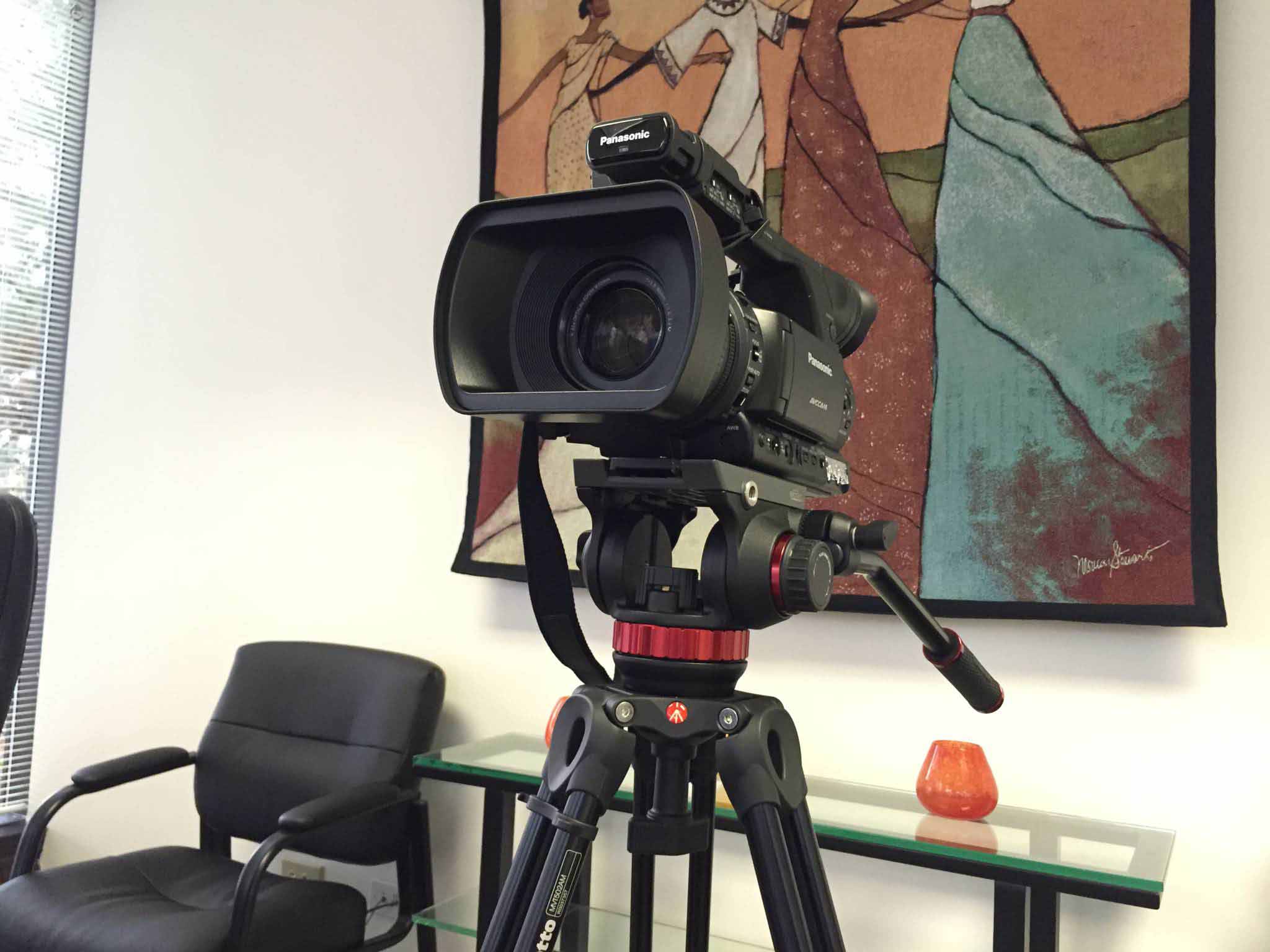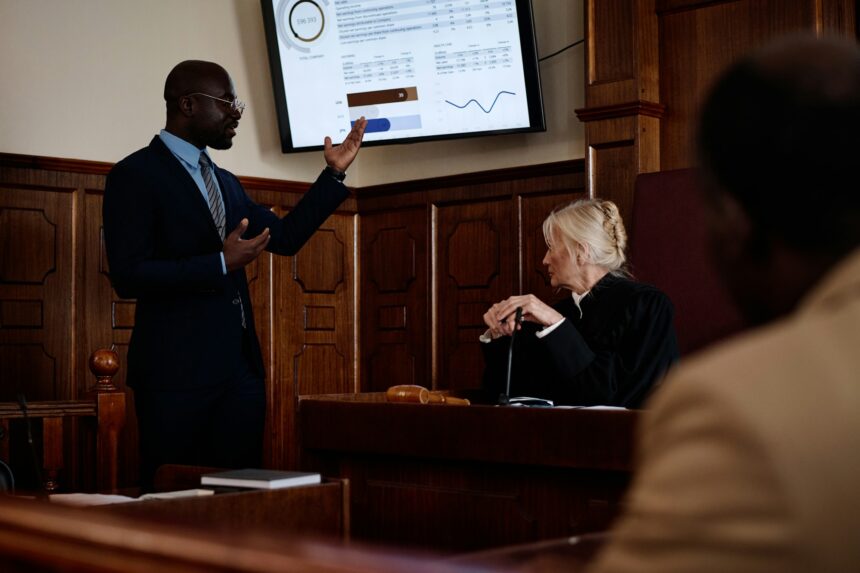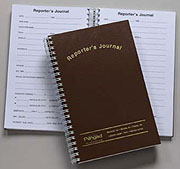Why durham reporting Professionals Are Indispensable Every Step of the Way
Why durham reporting Professionals Are Indispensable Every Step of the Way
Blog Article
Recognizing Just How Court Reporting Functions: A Key Part in the Justice System
Court coverage plays an important role in the lawful system. It ensures that all courtroom procedures are documented accurately. Court press reporters utilize specialized devices and strategies to produce verbatim records. These transcripts serve different objectives, consisting of allures and lawful quality. Recognizing the intricacies of court coverage discloses its relevance in maintaining the honesty of justice. What difficulties do court press reporters deal with in this progressing field?
The Function of Court Reporters in the Legal System
Court reporters play a vital function in the legal system, guaranteeing accurate and dependable documentation of court room proceedings. They are responsible for catching every spoken word during tests, hearings, and depositions, creating a verbatim records that acts as a permanent record. This documents is important for charms, offering a foundation for greater courts to assess cases.In enhancement to recording talked language, court reporters also help with interaction in between attorneys, courts, and other celebrations associated with lawful matters. Their work advertises transparency and responsibility within the judicial process.Utilizing specialized devices and software program, court press reporters have to continue to be focused and mindful, commonly working under stress to meet limited target dates. Their records are not only necessary for lawful recommendation however additionally for preserving the honesty of judicial proceedings. Ultimately, stenotype reporter contribute considerably to the fair management of justice, making certain that all voices are listened to and tape-recorded properly.
Crucial Abilities Required for Court Coverage
Court reporting demands an unique collection of abilities that are vital for accuracy and performance. Mastery of stenography techniques, solid listening and comprehension capacities, and meticulous focus to detail are important for success in this field. These skills enable stenotype reporter to produce reputable transcripts that serve as vital records in the lawful system.
Mastery of Stenography Techniques
While grasping stenography techniques is important for aspiring stenotype reporter, it requires dedication and technique to establish the necessary skills. Stenography includes utilizing a specialized keyboard to capture talked words in actual time, making precision and rate crucial. Stenotype reporter should learn to use shorthand symbols and develop muscle mass memory to ensure efficient transcription. Regular technique with dictation workouts aids in boosting keying speed, while familiarity with legal terms boosts comprehension during proceedings. Understanding the phonetic framework of the English language is considerable, as it assists in properly catching discussion. Inevitably, proficiency in stenography not just facilitates effective interaction within the courtroom but likewise upholds the stability of the legal process.
Strong Paying Attention and Understanding
Reliable court reporting joints not only on stenography abilities yet also on strong listening and understanding capacities. Court press reporters need to proactively pay attention to testaments, lawful arguments, and discussions, guaranteeing they comprehend the subtleties of spoken language. This skill facilitates precise transcription of complicated legal procedures, where every word issues. Understanding extends beyond surface-level understanding; press reporters must translate context, tone, and intent to record the significance of conversations accurately. In addition, they typically encounter specialized terms and lingo, calling for quick adaptation and retention of information. The ability to manufacture what is heard while concurrently recording is essential, as it assures the integrity of the authorities document. Strong listening and comprehension are crucial in providing accurate and reputable court records.
Interest to Detail
Interest to information is an essential ability for court press reporters, matching their listening and comprehension capacities. This accuracy guarantees that every talked word, inflection, and nuance is captured precisely in records. Stenotype reporter need to thoroughly note legal terms, names, and complicated discussion to offer reliable records for lawful process. A small oversight can lead to significant effects, potentially impacting situation outcomes (durham reporting). Additionally, stenotype reporter frequently work under pressure, requiring them to maintain emphasis and accuracy in fast-paced settings. Their interest to information not just improves the honesty of the judicial procedure however additionally fosters depend on among lawyers. Inevitably, this skill is vital for generating transcripts that work as definitive documents in lawsuit, guaranteeing justice is upheld
The Innovation Behind Court Reporting
As court reporting develops, the technology made use of by professionals in the field has come to be significantly sophisticated. Standard shorthand writing has mainly been supplemented by innovative electronic tools that boost speed and precision. Stenographic equipments, equipped with specialized software application, allow court press reporters to record spoken words in real-time, translating them right into text immediately. This modern technology not only quickens the transcription process but likewise minimizes the capacity for errors.Moreover, voice acknowledgment software is becoming a useful possession, allowing automated transcription from audio recordings. This technology offers an alternative for creating records when a human reporter might not be offered. In addition, cloud-based storage space options promote easy access and sharing of transcripts amongst lawyers, making sure that vital details is readily available. As these innovations remain to development, they play an essential role in keeping the stability and efficiency of the justice system, ultimately supporting the necessary work of stenotype reporter.
The Process of Recording Lawful Proceedings
The procedure of transcribing lawful procedures needs a mix of skill and innovation to identify accuracy and efficiency. Stenotype reporter utilize customized tools, such as stenographic machines, to record spoken words in real-time. This innovation enables the press reporter to transform discussion into text, ensuring that every statement made during a test or hearing is documented.Once the session wraps up, the first records go through editing and enhancing for clarity and comprehensibility. Press reporters might likewise include audio recordings to cross-reference and verify the precision of their transcriptions. This precise process guarantees that the last document reflects an exact account of the proceedings.Additionally, stenotype reporter need to maintain a detailed understanding of lawful terms and court room treatments to efficiently convert spoken language right into written type. Their experience not just help in developing trustworthy documents yet additionally supports the legal system by offering crucial documentation for charms and future referrals.
Guaranteeing Accuracy and Stability in Court Records
Making certain precision and integrity in court documents is paramount for the judicial process. Court reporters play an essential function in recording procedures accurately, while developments in modern technology improve their find out capacity to maintain high requirements. In addition, maintaining confidentiality standards is necessary to shield sensitive info within lawful records.
Function of Court Reporters
Stenotype reporter play an essential duty in the judicial system by recording accurate and verbatim accounts of lawful procedures. Their main responsibility is to assure that every talked word is documented precisely, supplying a trusted document that can be referenced in appeals and future cases. By using customized devices and techniques, stenotype reporter keep about his the integrity of the court record, assisting in openness and liability in the legal process. They additionally help courts, attorneys, and other attorneys by offering transcripts that are crucial for understanding case information and lawful disagreements - durham reporting. The precision of a stenotype reporter's job directly influences the results of situations, underscoring their significant contribution to the pursuit of justice and the regulation of legislation
Technology in Reporting
Advancements in innovation have considerably transformed the area of court coverage, boosting the accuracy and integrity of court records. Modern stenotype reporter use advanced equipment such as stenographic devices and digital audio recording tools, assuring specific transcription of spoken words. These tools permit real-time transcription, which supplies instant accessibility to court procedures and facilitates prompt decision-making. In addition, software application geared up with sophisticated algorithms assist in identifying and remedying errors, better boosting the reliability of recorded data. The integration of cloud storage space services ensures that records are safely archived and conveniently retrievable, minimizing the danger of loss or damage. In general, these technological developments play a crucial duty in keeping the top quality and dependability of court documentation in the justice system.
Keeping Confidentiality Specifications
A critical aspect of court coverage is preserving discretion criteria, which are important for guaranteeing the precision and stability of court records. Court reporters are left with sensitive info, requiring strict adherence to ethical guidelines and legal arrangements. This discretion safeguards not only the privacy of the entailed parties but also the reliability of the judicial process. Press reporters use safe methods for handling and keeping transcripts, frequently utilizing encryption and limited gain access to methods. Furthermore, they should navigate the intricacies of numerous lawful structures that regulate confidentiality in different territories. By maintaining these criteria, stenotype reporter add substantially to the dependability of court records, fostering rely on the justice system and guaranteeing that legal procedures can be carried out with the utmost expertise and regard for privacy.
Various Kinds Of Court Coverage Services
While the lawful landscape proceeds to evolve, the selection of court reporting services offered has actually expanded considerably to satisfy varied requirements. Standard court coverage remains crucial for capturing verbatim transcripts throughout trials and depositions. However, additional services have actually emerged, including real-time coverage, which gives prompt access to transcriptions as they are generated, valuable for lawyers and judges.Video court coverage has actually likewise obtained appeal, enabling for aesthetic documents of witness statements, enhancing the record with non-verbal signs. Furthermore, remote court reporting has become significantly pertinent, using digital deposition services to fit geographical constraints.Lastly, some stenotype reporter concentrate on captioning solutions for the hearing damaged, ensuring accessibility in lawful process. This diverse series of court reporting services allows lawyers to select the most suitable choice for their certain circumstances, eventually boosting the effectiveness and effectiveness of the justice system.

The Future of Court Coverage in a Digital Age

As innovation continues to improve the lawful field, the future of court coverage is positioned for significant adjustment. The combination of more advanced devices such as man-made intelligence and real-time transcription software application is coming to be significantly prevalent. These developments promise to streamline the reporting process, enabling faster and more accurate documentation of legal proceedings.Moreover, the change towards remote hearings required by global events has increased the fostering of digital platforms, enabling stenotype reporter to function efficiently from numerous locations. This change also elevates inquiries about the preservation of standard abilities, as the focus on technology might overshadow the nuanced art of shorthand reporting.Nonetheless, human court press reporters continue to be invaluable, supplying context, feeling, and knowledge that machines can not replicate. As the legal landscape advances, a crossbreed design that integrates innovation with human insight might define the future of court reporting, guaranteeing its significance in an electronic age.
Often Asked Concerns

What Qualifications Do Court Reporters Required to Operate In the Field?
Stenotype reporter generally require a senior high school diploma, specialized training in court coverage, and accreditation from relevant professional companies. Effectiveness in shorthand or voice writing and solid language abilities are essential for success in this area.
How Long Does It Require To Become a Certified Court Press Reporter?
Coming to be a qualified stenotype reporter usually calls for 2 to four years of education, including specialized training and practice. The duration varies based on private progression, the selected program, and the certification process, affecting total completion time.
Can Court Reporters Work From Another Location or Only In-Person?
Court press reporters can function both from another location and in-person, relying on the demands of a situation. Breakthroughs in modern technology have actually enabled numerous to provide solutions via video conferencing, allowing flexibility in their work environments.
What Is the Typical Wage for a Stenotype Reporter?
The ordinary salary for a stenotype reporter varies by location and experience, usually ranging from $50,000 to $80,000 annually. Elements such as specialization and demand can significantly affect specific revenues within the profession.
How Do Stenotype Reporter Handle Lawful Jargon Throughout Proceedings?

Report this page